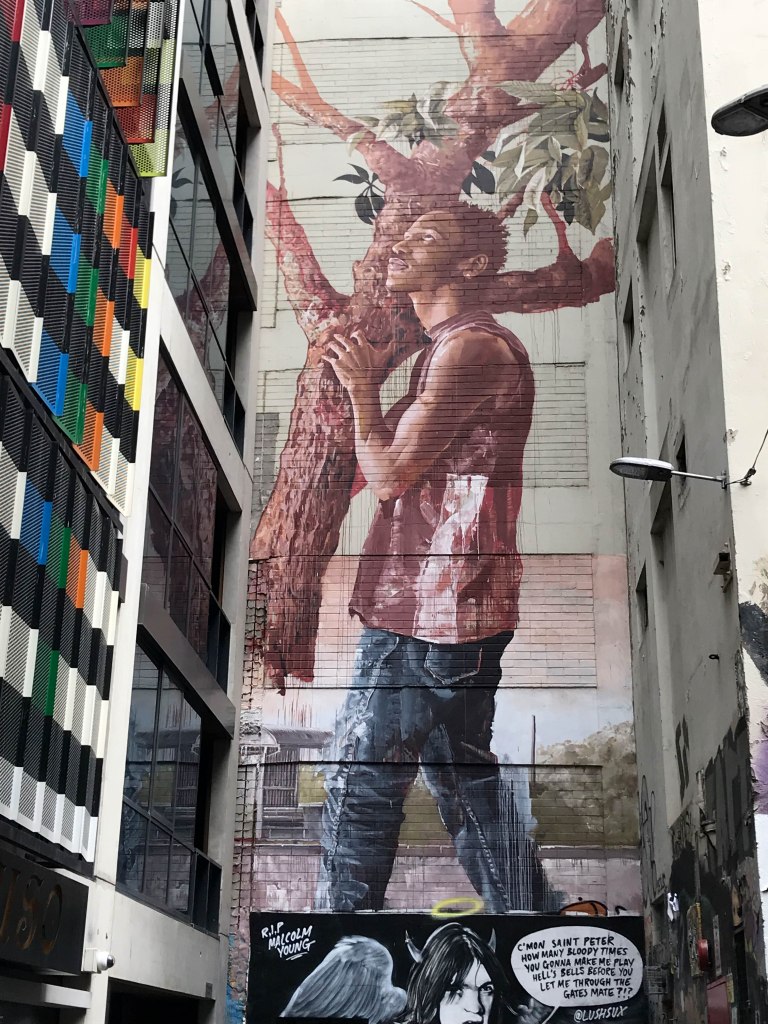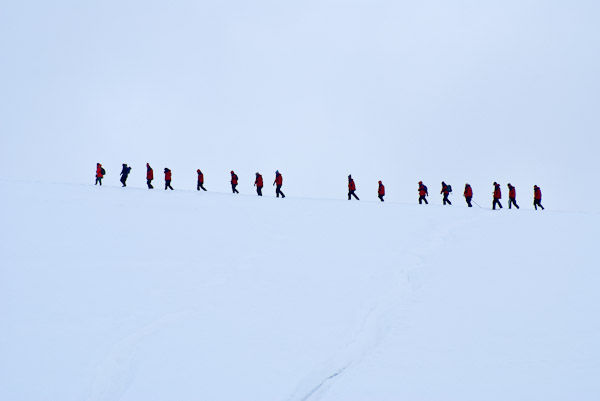
At this writing, the world is fast-approaching its third year of Covid-life. Paradoxically, China is suffering as a result of eased restrictions. People around the world who work hard to “return to normal” continue to feel great losses: friends, family members, time, freedom, ways of life.
As 2023 approaches quickly, I notice more meanness and more kindness in the world than in pre-Covid times. Perhaps I have tuned in differently to what was already there. Nevertheless, polarizations already making their way into public behavior seem intensified; I don’t know if we, as a society, ever will value a return to civility in the public realm. Fighting seems to be the way to exude energy and strength, a way of the foolish warrior– fight first, then think. Ego first, then more ego.
With Covid and other health challenges came financial stress, emotional stress, overburdened health system stress, a liminal scrambling to make meaning out of all the stress, sstreess, sssstreeeessss. Mindfulness movement gurus found their particular niches expanding in the midst of emotional, spiritual, economic meltdown. Leaders began to redefine their roles in terms of relationships in addition to bottom lines. Coaches and consultants like me got busy. Religious organizations scrambled to update their ways of being present to the world in the midst of isolation and quiet cries for help. Yet even they often erupted with polarized meanness/kindness to a higher degree than usual. Perhaps I tuned in differently to what was already there – again.
None of my observations surprise anyone. However, what surprises me is my own behavior. I have become more anxious than ever before, and yes, paradoxically, more calm than ever before. People slinging slights don’t seem to bother me like they used to. Meanness raises sadness in me, but not a desire to fight back or go hide. Kindness evokes tears every single time. I cry more than I ever have.
Weeping is a part of life now. My dad died a few months ago after months in-and-out of a huge hospital complex. None of us saw the cancer coming (even he didn’t know). I remember how I had to get testy (hopefully, not mean), with hospital staff to get attention for an 82-year-old man who was being shuttled from department to department without much notice and without a great deal of care. I knew that hospitals were a mess, trying to deal with staff shortages, communication systems based on the stuff of nightmares, and sssstreeeessss. But don’t mess with my dad.
The night I took him to the emergency department for the first time, I followed the ambulance from a regional hospital to that major hospital complex. It was past midnight and the city streets were deserted except for the ambulance, me, and a squad car following me down streets where I didn’t belong (wrong way on one-ways, but just following the ambulance!). Great. Just what I needed. Upon arrival, my father was taken into the hospital. The police officer understood the situation quickly and showed me where to park. By the time I was inside, my father had been whisked away somewhere, and the somewhere certainly wasn’t in the same building.
A security officer sat behind the information desk and asked me questions about what I needed. I didn’t know. So he called around and found out where my dad had been taken, then arranged for another security person to drive me across the hospital campus. Helpful. Scary. While waiting for the ride, I was surprised that the officer stepped outside to keep me company at the emergency entrance. A medium-height White woman beyond her capacity to cope with a tall Black officer standing in the middle of the night, waiting. Talking. About the things the officer had seen (and done) in his life. We didn’t talk about my dad. But I have never in my years felt such a compassionate presence as in that moment with that stranger.
I suspect I will never see him again. But I will never forget him. I don’t remember his name, I was too torn up. He never knew mine, just my dad’s as he tried to locate him.
These kindnesses do not get into the news cycle very often; occasionally, there is an article somewhere about kindness during war when individuals cross political or ethnic divides to care for strangers. I think Covidity training is, in part, making sure that we TELL these stories. We spread them like a virus in the midst of the meanness and fear. We err on the side of kindness, even if it takes a lot more effort than meanness (meanness is easy). Covid, among other stressors, calls us to an intentional way of being in the world; compassion in the stress. Not ego. Not meanness. Not overcome by our own messes.
As always, deep breath in stress. Be the kindness you wish to receive. Spread it like a virus.








 Photography has long been my solace and my escape from everyday stresses and expectations. I have fussed with apertures and shutter speeds, filters and special effects. Ultimately though, it is my interaction with the natural world itself that co-creates the picture, with technicalities only enhancing (or sometimes obscuring) what is already present.
Photography has long been my solace and my escape from everyday stresses and expectations. I have fussed with apertures and shutter speeds, filters and special effects. Ultimately though, it is my interaction with the natural world itself that co-creates the picture, with technicalities only enhancing (or sometimes obscuring) what is already present.